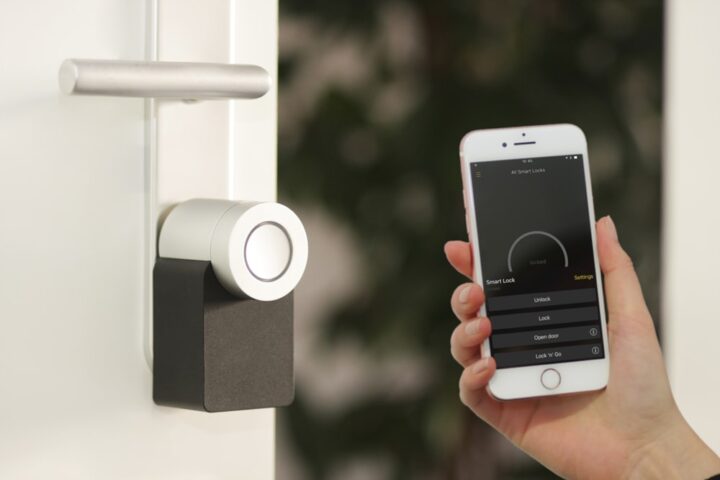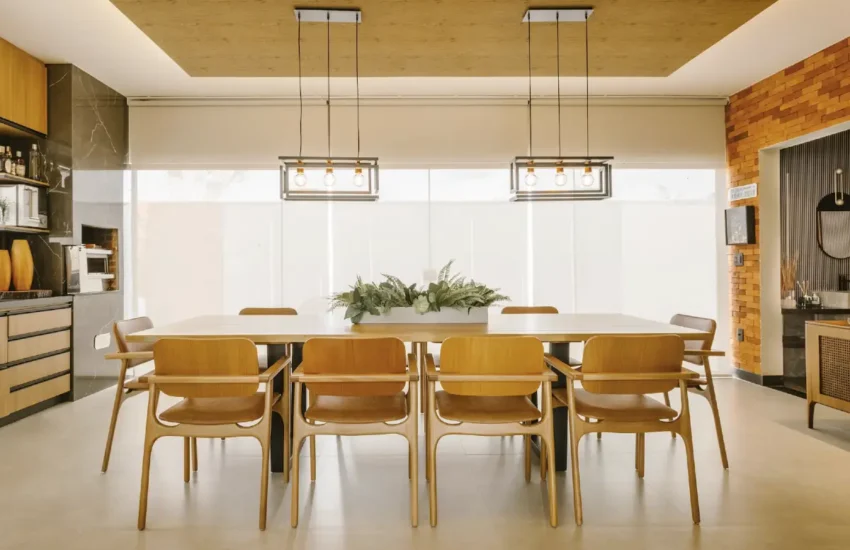Future Home Trends: What’s Next for Living Spaces
In the ever-evolving landscape of interior design and architecture, the future of living spaces is set to embrace a fascinating blend of sustainability, technology, and personalization.
As we look ahead, several key trends are poised to redefine our homes, transforming them into more comfortable, efficient, and environmentally friendly sanctuaries.
From the integration of smart home technology to the revival of natural materials, the homes of the future are gearing up to meet their inhabitants’ changing needs and preferences. Let’s explore the most appealing future living trends!

The Rise of Smart Home Technology
One of the most significant shifts in living spaces is the increasing incorporation of smart home technology.
This is about more than just controlling your lighting and temperature with your smartphone. The future points towards homes that learn from our habits, adapting to our needs without explicit instructions.
Imagine a house that anticipates your arrival, adjusting the indoor climate to your preference, and even drawing a bath, all by analyzing your schedule and current traffic conditions. This level of automation promises unparalleled convenience and enhances energy efficiency, reducing unnecessary consumption.
Blending Indoor Comfort with Outdoor Freedom
In modern home design, a captivating trend is the seamless integration of indoor and outdoor living. This evolution reflects a desire to blend the comfort and sophistication of interior spaces with the refreshing and liberating feel of the outdoors.
Decks, patios, and landscaped gardens are prime examples of this trend, acting as natural extensions of the living area. These outdoor spaces provide a versatile dining, relaxation, and social gathering setting, significantly enhancing the home’s overall livability and appeal.
Within this context, selecting skilled professionals, such as deck builders, becomes crucial to ensure these outdoor extensions are durable, safe, and harmoniously integrated with the home’s design.
Sustainability Takes Center Stage
As awareness about environmental issues grows, sustainability has become a critical consideration in home design. Future homes must go beyond solar panels, incorporating materials and technologies that minimize their carbon footprint.
The use of reclaimed wood, bamboo, and other sustainable materials is on the rise, reflecting a collective move towards more responsible consumption patterns.
Moreover, integrating green spaces, whether through indoor gardens or living walls, contributes to the home’s aesthetic appeal and improves air quality, making our living spaces healthier.
Personalization and Flexibility
The concept of personalization extends beyond mere decorative choices, influencing homes’ very layout and functionality. The future of living spaces is flexible, with movable walls and multifunctional furniture becoming commonplace.
This adaptability allows residents to tailor their homes to their changing needs, whether creating a home office, an exercise space, or a play area for children. Such versatility maximizes the utility of available space and ensures that our homes can evolve with us, accommodating different life stages and activities.
Embracing Multifunctional Spaces
The transformation of living spaces is also evident in the rise of multifunctional areas, blending work, leisure, and creativity under one roof. This reflects a growing demand for homes to accommodate diverse activities—from remote work and fitness routines to hobbies and relaxation—without the need for additional square footage.
The clever use of transformable furniture, discreet storage solutions, and adaptable room layouts enables a single space to serve multiple purposes throughout the day. For instance, a dining room can double as a workspace, and a bedroom can offer a fold-away desk for occasional telecommuting.
Aesthetic Trends: Returning to Nature
Amidst the high-tech advancements, there’s a simultaneous return to natural aesthetics. Materials like stone, wood, and clay and a palette inspired by the natural world are making a comeback.
This trend towards organic materials and earthy tones seeks to create a calming, nurturing environment at home. It’s a response to our fast-paced, often digital-dominated lives, offering a sanctuary that grounds us in the physical world and reconnects us with nature.
The Future of Kitchens and Bathrooms
Kitchens and bathrooms are not left behind in this wave of innovation. Future kitchens are expected to be places for cooking and central hubs for family interaction and entertainment, equipped with smart appliances that simplify meal preparation and waste management.
Bathrooms, on the other hand, are becoming personalized spa retreats. Features like intelligent showers, which allow for the customization of temperature and water flow, and eco-friendly fixtures underscore the merging of technology, comfort, and sustainability.
Space Efficiency and Urban Solutions
With urbanization on the rise, space efficiency has become crucial. Future homes, particularly in urban environments, will likely embrace compact design, utilizing every inch of available space.
This doesn’t mean compromising comfort or functionality; it’s about intelligent solutions like hidden storage, convertible furniture, and innovative loft designs. These approaches address limited space’s challenges and reflect a broader shift towards minimalist living, reducing clutter and focusing on what truly matters.
Conclusion
As we move forward, it’s clear that the homes of the future will be more than just places to live. They will be dynamic spaces that reflect our values, adapt to our needs, and connect us with the broader world.
With advancements in technology, a commitment to sustainability, and a focus on personalization and flexibility, the future of living spaces is set to redefine our home concept, making it more responsive, efficient, and harmonious.
But isn’t it fascinating to think about how these changes will transform our physical spaces and how we perceive comfort and community? Indeed, as we embrace these innovations, we pave the way for new traditions and memories, making every corner of our future homes a testament to our journey.


